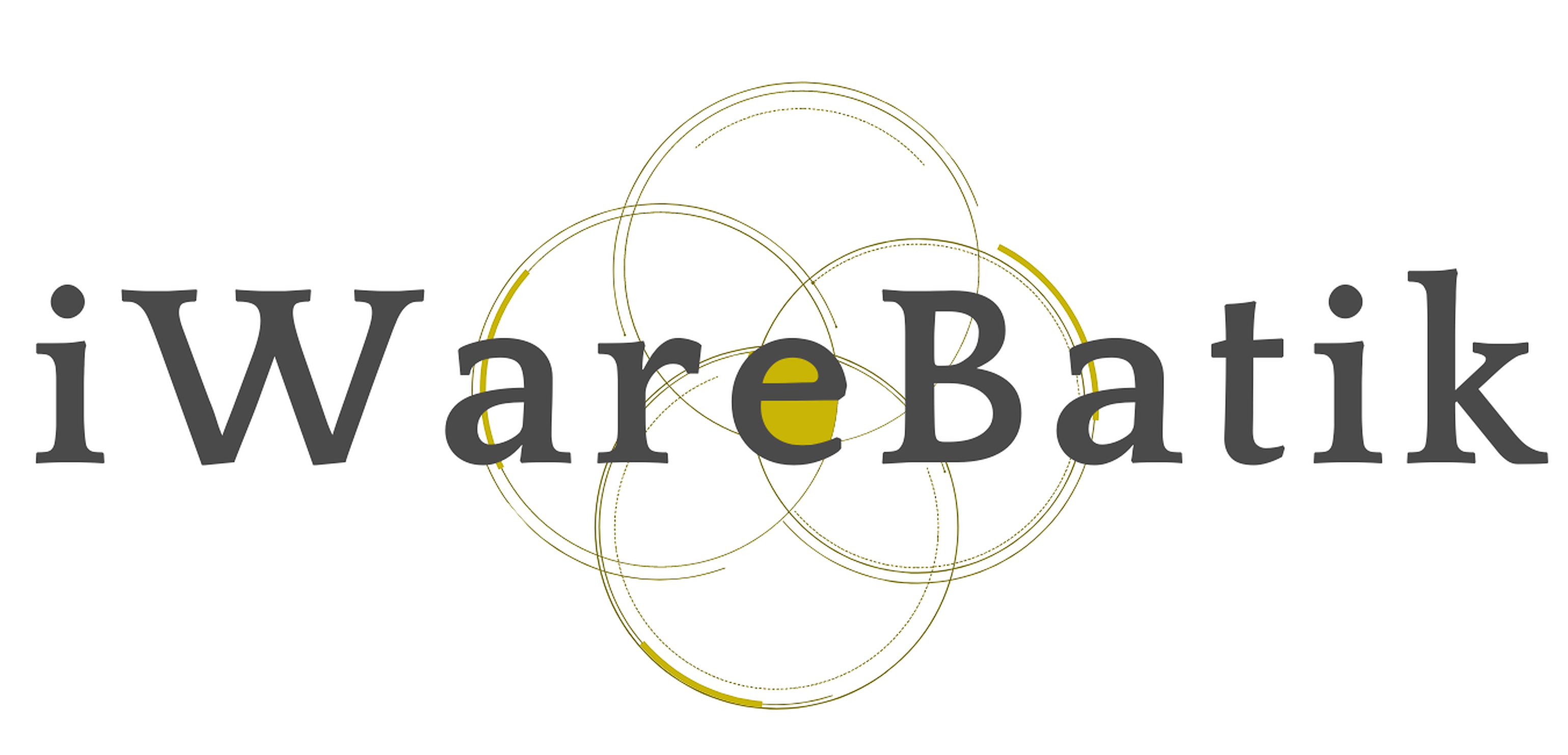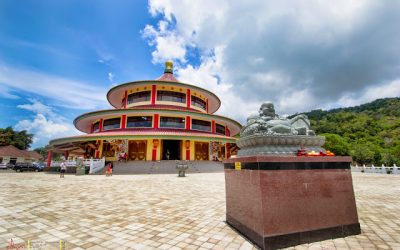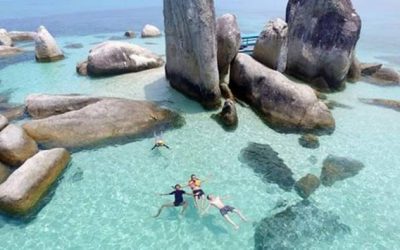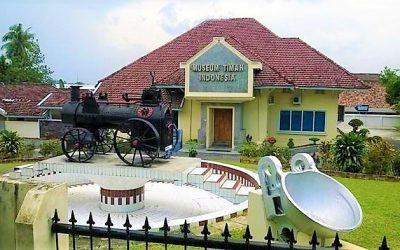Home / Tourism Sites – Natural Sites – Beaches / Tanjung Kelayang Beach
Natural Destination
Embrace the spirit of the place!
Tanjung Kelayang Geopark
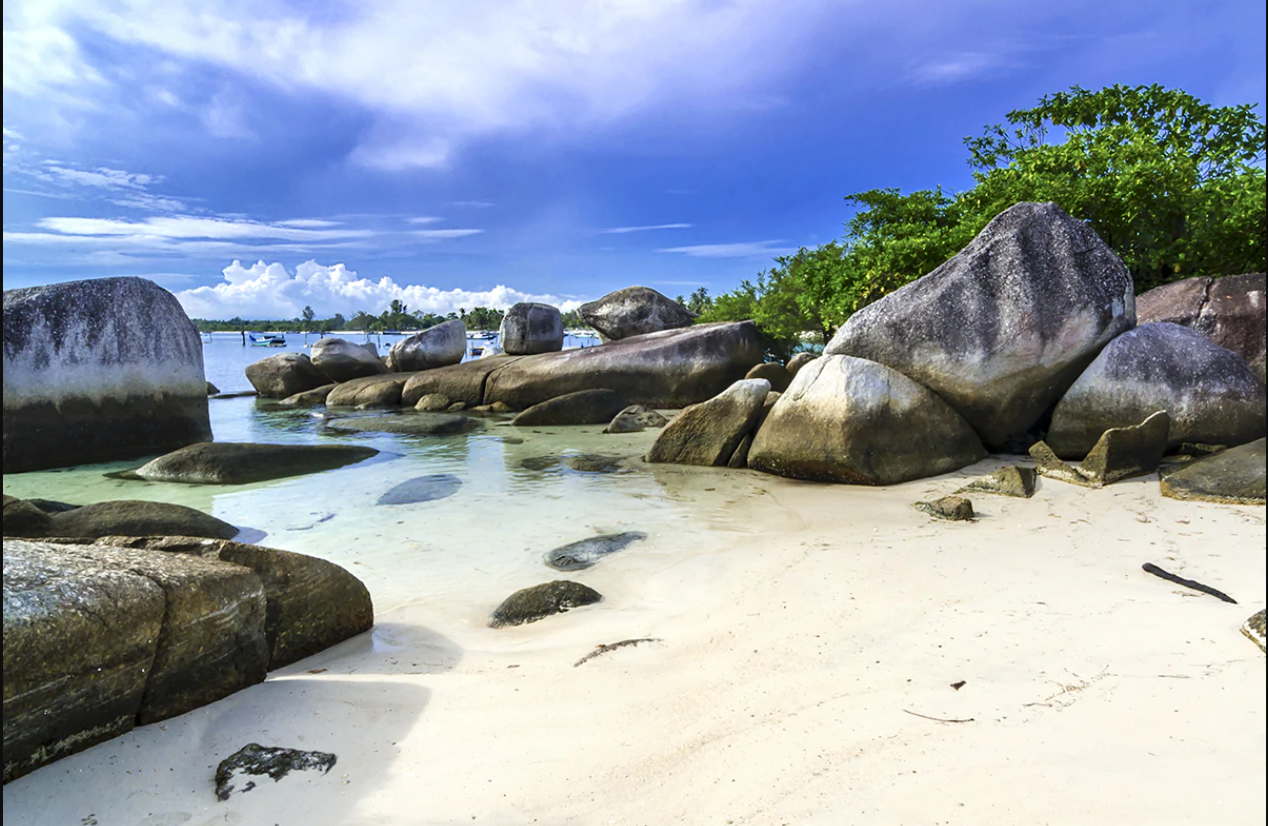
Tanjung Kelayang Beach (photo: Pesona Indonesia)
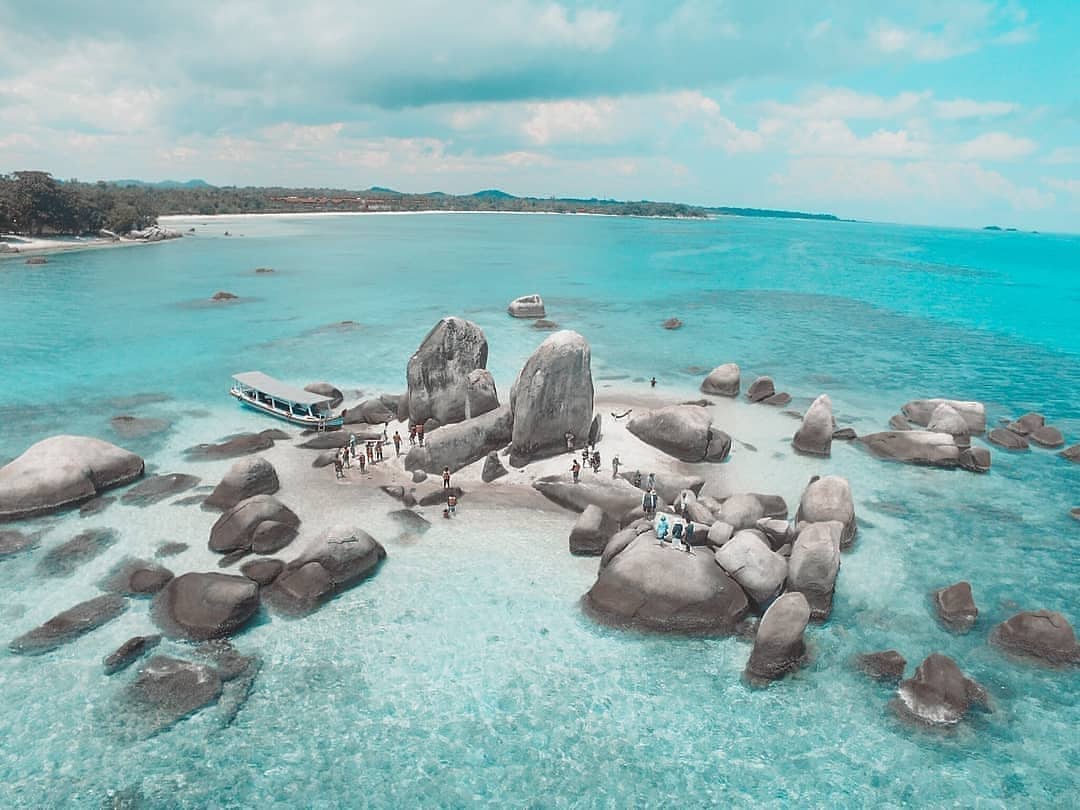
Batu Berlayar Island (photo: infia)
Tanjung Kelayang Geopark
Could you imagine if a Stonehenge was ever built on the beach? Tanjung Kelayang Beach, located on the Belitung island, has been designated as the Indonesian National Geopark area. It provides a unique natural panorama of the sea in the form of granite rock towering above the sea. From here, you could also go to Batu Berlayar Island, which is located 15 minutes by boat from Tanjung Kelayang beach. Batu Berlayar island has the best panorama of white sands, towering granite stones, and shallow beach, which makes it a perfect place for snorkeling. You could see a variety of colorful fishes and several big starfishes on the coast.
Tourist Attractions in Bangka Belitung
Tri Agung Buddhist Shrine in Tikus island
Enjoying the beauty of the beach and discovering spiritual tourism, why not?
Tanjung Kelayang Geopark
Could you imagine if a Stonehenge was ever built on the beach?
Tin Museum
Bangka Belitung Province has the only tin museum ever built today
Bangka Belitung
Batik Motifs
Daun Lada Hitam
The black pepper motif represents the main commodity of Bangka Belitung
Biji Kopi
The coffee seeds motif illustrates the pride of local coffee specialities in
Daun Simpor
This motif is inspired by the Simpor plant (Dillenia Suffruticosa) which is a typical
Kain Cual
Cual textile tradition has existed since the 17th century. The word “Cual” refers to
Discover
Indonesian
Batik
Motifs
Daun Lada Hitam
The black pepper motif represents the main commodity of Bangka Belitung
Rangkiang
The word “Rangkiang” refers to the rice granary in the Minangkabau language. It symbolizes
Desa Na Tolu
The Desa Na Tolu characteristic pattern symbolizes the Batak philosophy of existence and
Tifa Totobuang
The batik motifs illustrate Maluku’s traditional music instrument called
Honai
The Honai is inspired by the traditional house of the Papuan community living in
Pattimura
Pattimura is the name of an Indonesian hero who fought against colonialism in
Sekomandi
Its philosophical meaning is the eternal union which refers to a saying “until death do us part”
Sekar Jati
Sekar means flower and Jati refers to teak trees that symbolizes a strong mental character that
Bintik Tujuh
The Bintik Tujuh (Seven Dots) motif has 7 white spots and green color gradation as
Raja Ampat
Raja Ampat motif represents the marine life at Raja Ampat archipelago in
Taiganja
Taiganja is a precious gold pendant that shows the social status of the Kaili family. It is
Lok Baintan Floating Market
As you can imagine, the most authentic thing is that you can buy things and even
Ake Patra
Ake is related to the divinity and the composition of the universe. It is a symbol of
Tampuk Manggis Sasirangan
The motif illustrates the philosophy of the mangosteen fruit, which is
Sido Mulyo
Sidomulyo is one of the classical motifs, which is specifically used for the bride’s costume in
Merak Ngeram
The hatching peacock motif has a very deep meaning which refers to the sacrifice and
Gedhog Kembang Waluh
a combination of Javanese cultural motif of the Majapahit kingdom (XII-XIV century) with
Tangerang Herang
Tangerang Herang motif is a symbol of Tangerang city. The Tangerang Herang batik motif consists of
Kerawang Tegak Aceh
The Vertical Upright (Kerawang Tegak) Motif symbolizes a person who has a strong
Pinawetengan
The Pinawetengan Batik pattern was taken from a prehistoric inscription in
Angsa Duo
According to legend, the Angso duo batik motif is a pair of swans that are believed to have led Princess
Mahkota Siger
Siger is the crown of a noblewoman in ancient time. It is a symbol of femininity, strength, and
Cengkeh
The clove flower motif is the main commodity of the Tolitoli Regency. This motif represents
Malinau Cultural Festival
You will witness a unique competition that might not be found other than in
Singayaksa
The Singayaksa motif comes from the name of a place where Sultan Hasanuddin used to
Kain Cual
Cual textile tradition has existed since the 17th century. The word “Cual” refers to
Pucuk Rebung Riau
Pucuk Rebung symbolizes heart determination in achieving goals, good luck, and
Tikar Natuna
The Tikar Natuna motif is adapted from the traditional making of pandanus mats in
Enggang Dayak
Local people beliefs that hornbills are an incarnation of the Commander of the Birds. It has supernatural
Tubo Kelapa
Coconut tree is a symbol of a good character and strong mentality. It illustrates the more success a person, the more
Besurek Rembulan
This batik illustrates praise for God who created the wonderful universe
Karawo Pinang
Pinang refers to the Palm areca tree. This motif is considered as the original
Rumah Mamuju
the Batik motif illustrates the house of Mamuju King with the stairs, located on the left of the wooden stage house
Tongkonan
Toraja’s traditional house is called Tongkonan. Tongkonan is a place for
Kaganga Tanah Rejang
If Batik Besurek combines Arabic calligraphy motifs, then the Kaganga batik takes
Gamolan
This motif illustrates Gamolan, a bamboo musical instrument of Lampung that is
Pohon Hayat (Tree of Life)
The Batik motifs in Lampung are dominated by the acculturation of Buddhist and
Ikan tambal
The word “Ikan” refers to fish. The philosophical meaning of Ikan Tambal means is
Jupri Kembang Teh
Kembang Teh illustrates the tendrils of tea plants that grow in the highlands of
Tengkawang Ampiek
With its many advantages, the Dayaks use this leaf in ritual ceremonies. This plant is a symbol of
Durian Pecah
Broken Durian motifs depict the foundation of faith. The second half signifies the mastery of
Tanah Liek
The word “Tanah Liek” refers to clay in Minang language. It is also known as
Bultiya
The word ‘Bultiya’ is an acronym of the three major tribes in North Kalimantan, namely
Sero Tangga
The Sero Tangga illustrates an endearing feeling and sacrifices of a person to fulfil
Lipaq Sabe
Lipaq Saqbe contains a simple geometric classical motif with various flower decorations. This textile is
Jumputan Bintang
The word Jumputan means the tie-dye technique, while the word “Bintang” refers to
Awan Berarak
Awan Berarak is a combination of Dayak motifs and Malay patterns. The word ‘Awan Berarak’ means the
Buketan Bali
The Balinese bouquet (Buketan Bali) is a floral arrangement and the name is
Wakatobi
It symbolizes the coastal beauty of the Wakatobi island and the symbol of Patra symbolizes
Insang Ikan
Insang refers to the gills of the fish. This is a typical pattern of Malay ethnic who inhabits
Gigi Haruan Lidi
The Gigi Haruan Lidi motif is taken from the name of the cork fish and is a symbol of
Manguni Minahasa
Manguni is identified as the symbol of the Minahasa people. Manguni is known as a
Keluak Daun Pakis
The word “Keluak” is a Minang language which means twisted or tangled. The Motif of
Dayak Taghol
Dayak Taghol has a distinctive style of four curved lines and small dots. This motif represents
Pala Salawaku
This motif illustrates the unique weapons of the Maluku region, namely
Sandeq
Sandeq Boat is a symbol of the maritime importance of the West Sulawesi region. The greatness of
Srimanganti
The name of the Srimanganti motif is derived from Palace’s hallway that connects to
Kaharingan
The Kaharingan or ‘tree of life’ based on the Dayak tribes’ belief system. This tree symbolizes
Bomba Mawar
This motif means sacred love for family, kingdom, and God; It also illustrates
Kuda Kupang
Horses symbolize wealth. It contains noble values of virtuous characters that bring
Parang Rusak
Another meaning behind this motif is an unconquerable spirit, symbolized by
Tabir Tanjung
Tanjung flower is a type of Cherry tree flower, which is commonly found in
Dayak Kamang
Kamang motif is generally found in the Dayak tribe shield because it is believed to
Salakanagara
Salakanagara batik motif illustrates the first kingdom in the Betawi land
Daun Sirih
This motif illustrates betel leaves that are used by Lombok communities as traditional
Kawung
The Kawung motif was created by Sultan Agung Hanyokrokusumo (1593 – 1645) as a symbolic gift for
Daun Simpor
This motif is inspired by the Simpor plant (Dillenia Suffruticosa) which is a typical
Burung Bidadari
Bidadari birds are endemic birds in Halmahera. This motif represents an
Lontara
The Lontara script itself is a typical ancient script of Bugis and Makassar communities. History records that
Biji Kopi
The coffee seeds motif illustrates the pride of local coffee specialities in
Besurek Rafflesia
The term “Basurek” refers to a textile that contains letters or inscriptions
La Galigo
La Galigo is a literary work of the Buginese Epic that has 300 thousand epic lines. It is considered even
